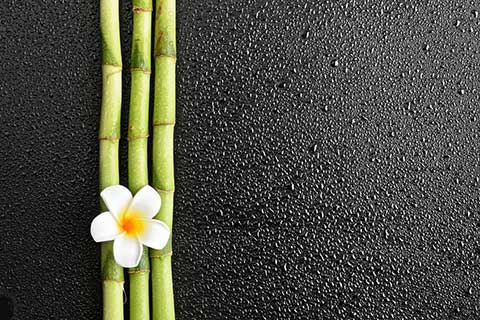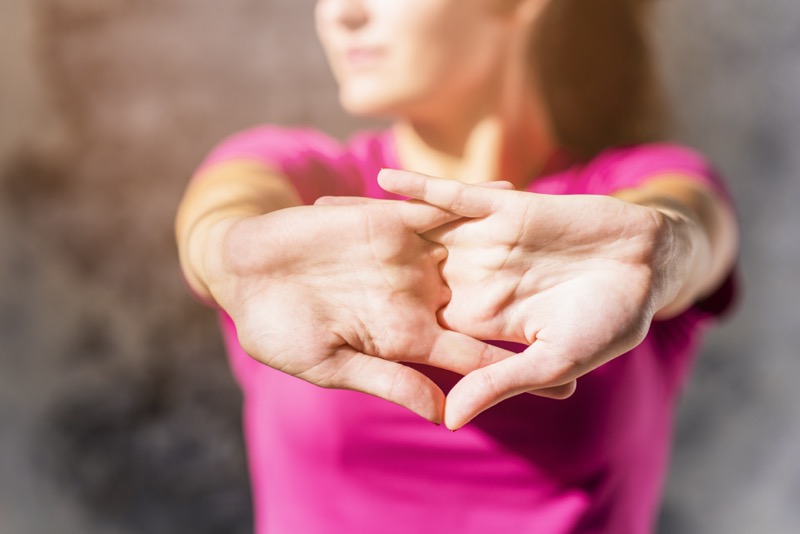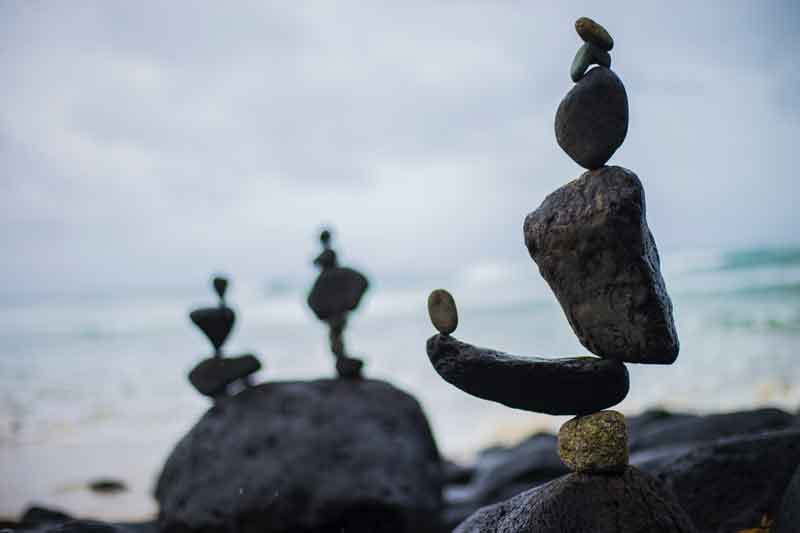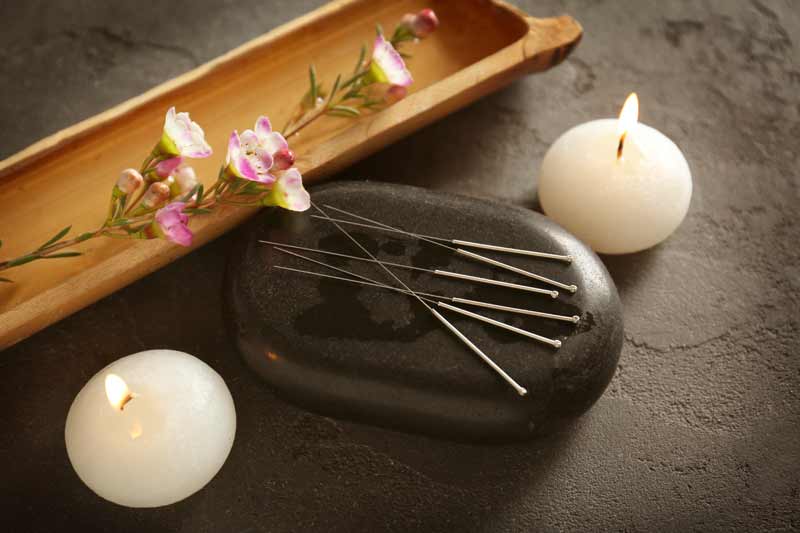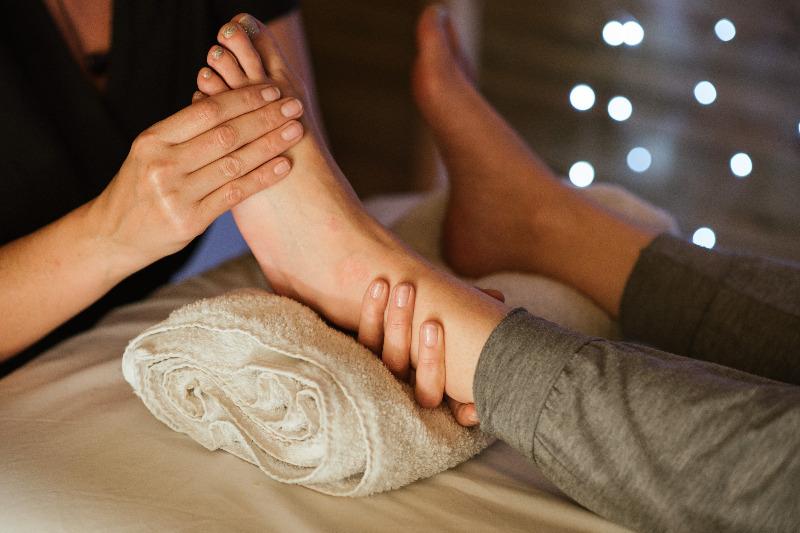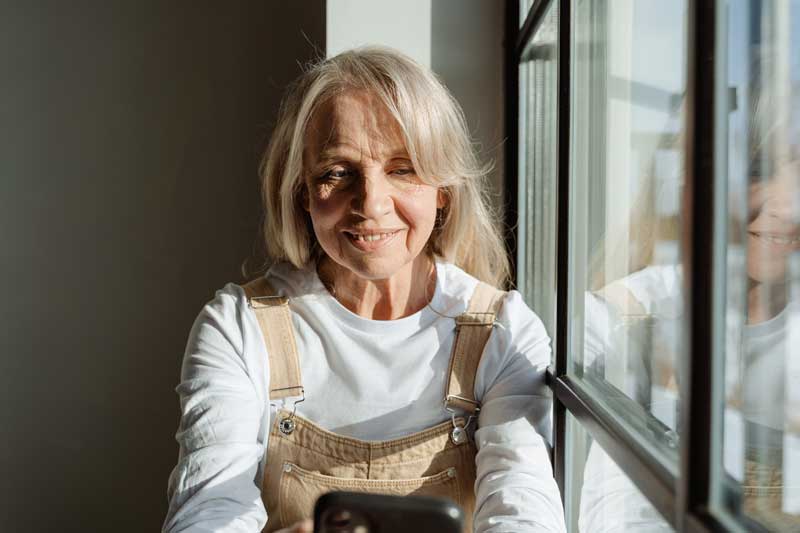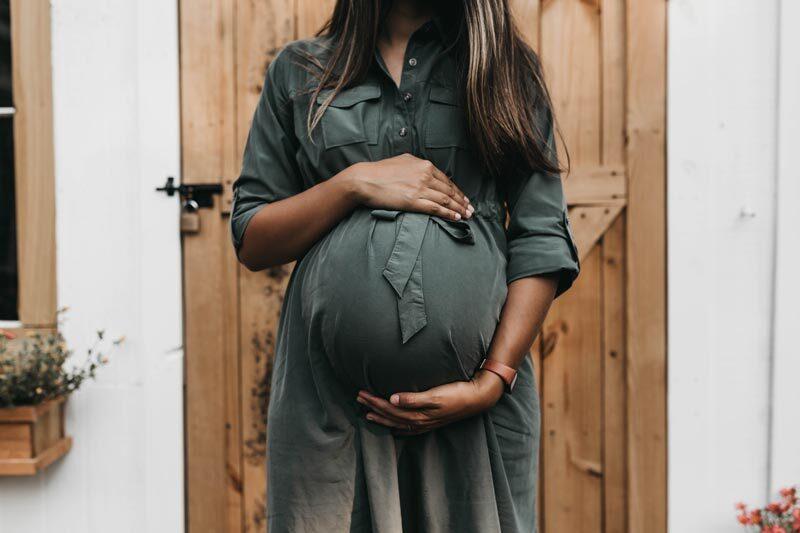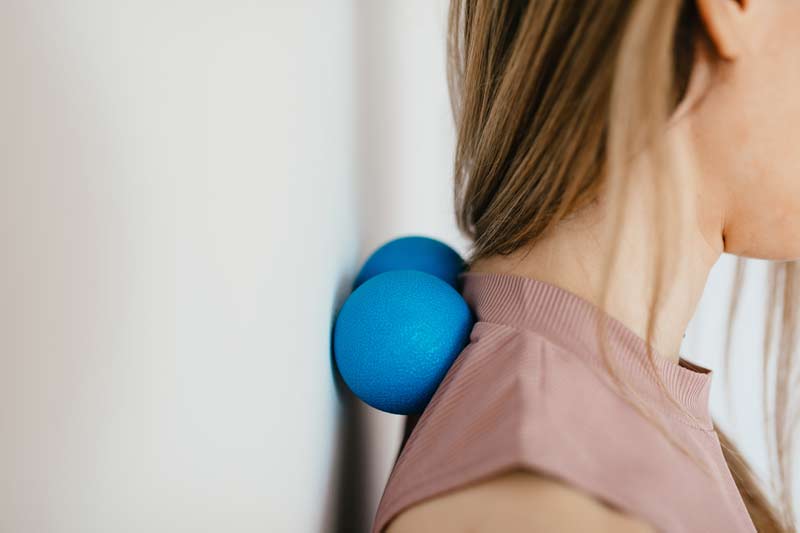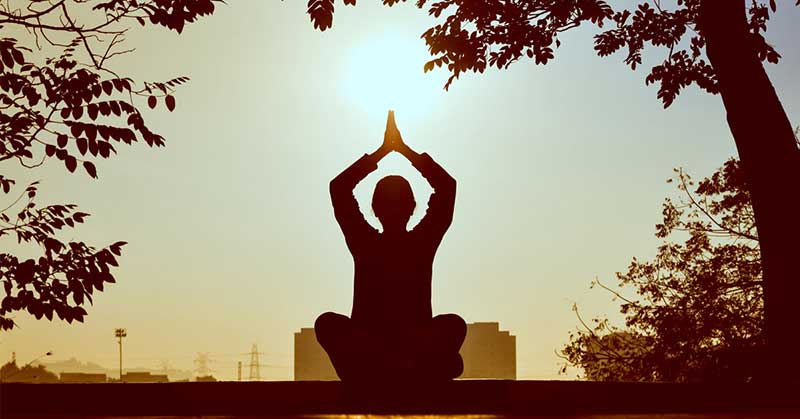Japanese Acupuncture
Toyohari Acupuncture
Acupuncture without Needles
Can acupuncture be done without piercing the skin with acupuncture needles? Yes, with Japanese Toyohari acupuncture. Toyohari is a meridian therapy, developed in the last century by blind acupuncturists from different styles. Due to their heightened sensitivity, they developed superficial and subtle techniques. The needles do not, or minimally, penetrate the skin, making the treatment painless. Japanese acupuncture is highly suitable for treating children. Read more about treating children with acupuncture here.
The emphasis in Toyohari is on feeling. They say: “Diagnosis is treatment.” In addition to feeling the abdomen and meridians, the diagnosis is also made by feeling the pulse. Meridians guide different systems in the body. Restoring the balance in the meridians ensures that the systems are influenced correctly, allowing the body to recover. This also has a relaxing effect.
Manaka Acupuncture
Dr. Manaka's Yin Yang Balancing System
This form of Japanese acupuncture was developed by Dr. Yoshio Manaka (1911-1989). Trained as a conventional Western doctor, he discovered during the war that he could accelerate the healing of burns by using foil and wires with a diode. He found that by connecting these so-called “ion-pumping cords” to specific acupuncture points, he achieved even better results. He further developed his system from there.
How does the Manaka acupuncture method work?
The diagnosis is made using hara or abdominal diagnosis. The abdomen is palpated for painful or hard areas. Based on what is found in the abdomen, certain acupuncture points are chosen. Thin needles are superficially inserted and connected with the so-called “ion-pumping cords.” These cords enhance the effect of the needles.
The hard/painful areas in the “hara” should change during the treatment, becoming less sensitive and hard. In addition to the front, the back is also treated. This is the foundation. Additional muscle exercises may be given, and small acupuncture needles may be placed in the ear.
Matsumoto Acupuncture
Interactive Acupuncture
The acupuncture style of Kiiko Matsumoto stems from her thorough research of ancient Chinese sources and the lessons she has taken from her Japanese masters, combined with knowledge of modern anatomy and physiology. It is a style that continues to evolve.
Acupuncture on the Abdomen
This acupuncture style is interactive and hands-on. The primary diagnosis is made through the hara or abdominal diagnosis, in addition to the intake interview. Specific reflex zones in the abdomen will be checked for hardness and/or sensitivity. It is essential that these reflex zones change during the treatment. Therefore, patient feedback will be requested frequently. The treatment may involve needles and/or moxa, magnets, so-called “ion-pumping cords," and the tiger-warmer.
Painless Acupuncture for Children
Shonishin is a form of Japanese pediatric acupuncture. The treatment is painless and is experienced as pleasant and relaxing. Even babies as young as 3 months old can be treated with it. Special tools have been developed for Shonishin that allow for rolling, stroking, tapping, and pressing on the skin to promote the body's vital energy.
Home Acupuncture Treatment
Sometimes, parents are taught simple techniques so that they can be performed at home between treatments.
Conditions Treatable with Shonishin Acupuncture
- Sleep problems
- Restlessness, excessive crying
- Tantrums
- Skin issues
- Asthma Bronchitis
- Ear infections
- Eye problems
- Abdominal pain
- Stomach and intestinal issues
- Headaches
- Hay fever
- Frequent colds, reduced immunity
See here for an overview of all our acupuncture treatments.



